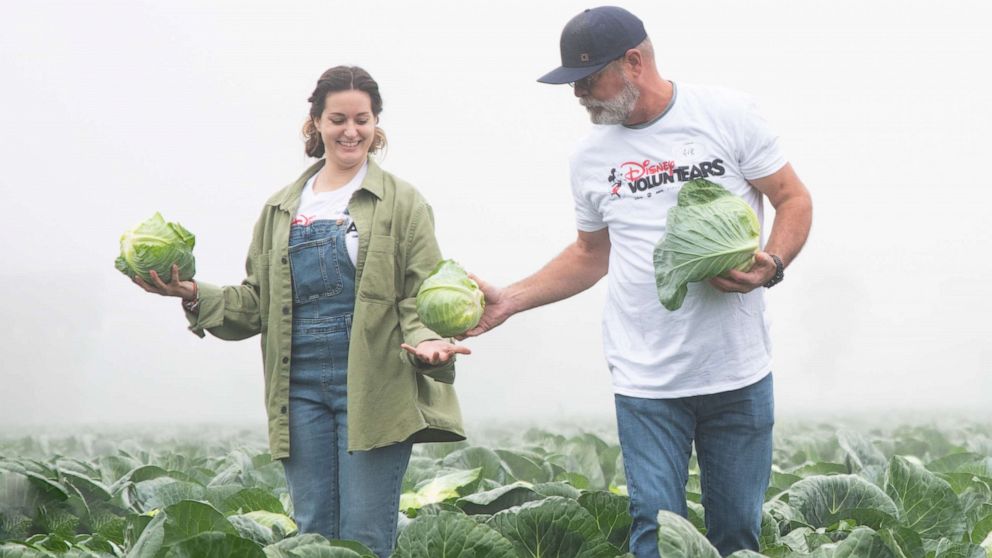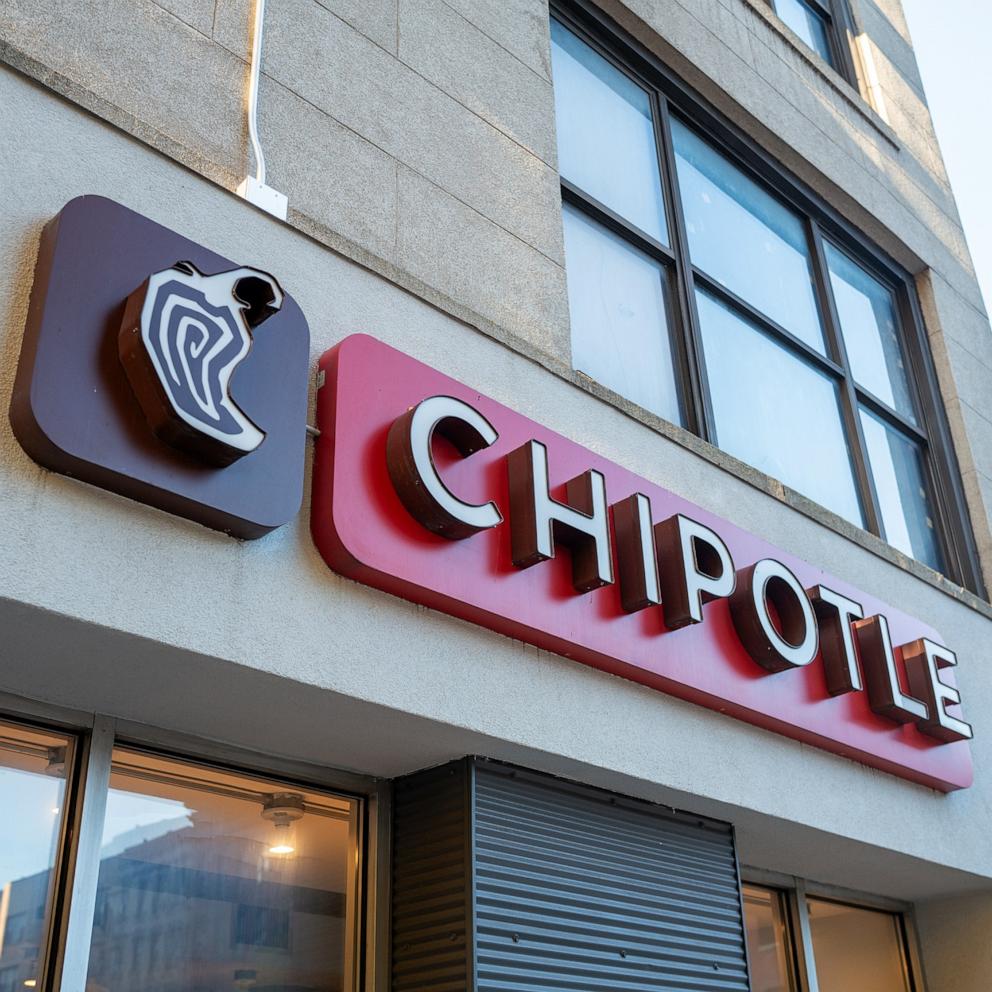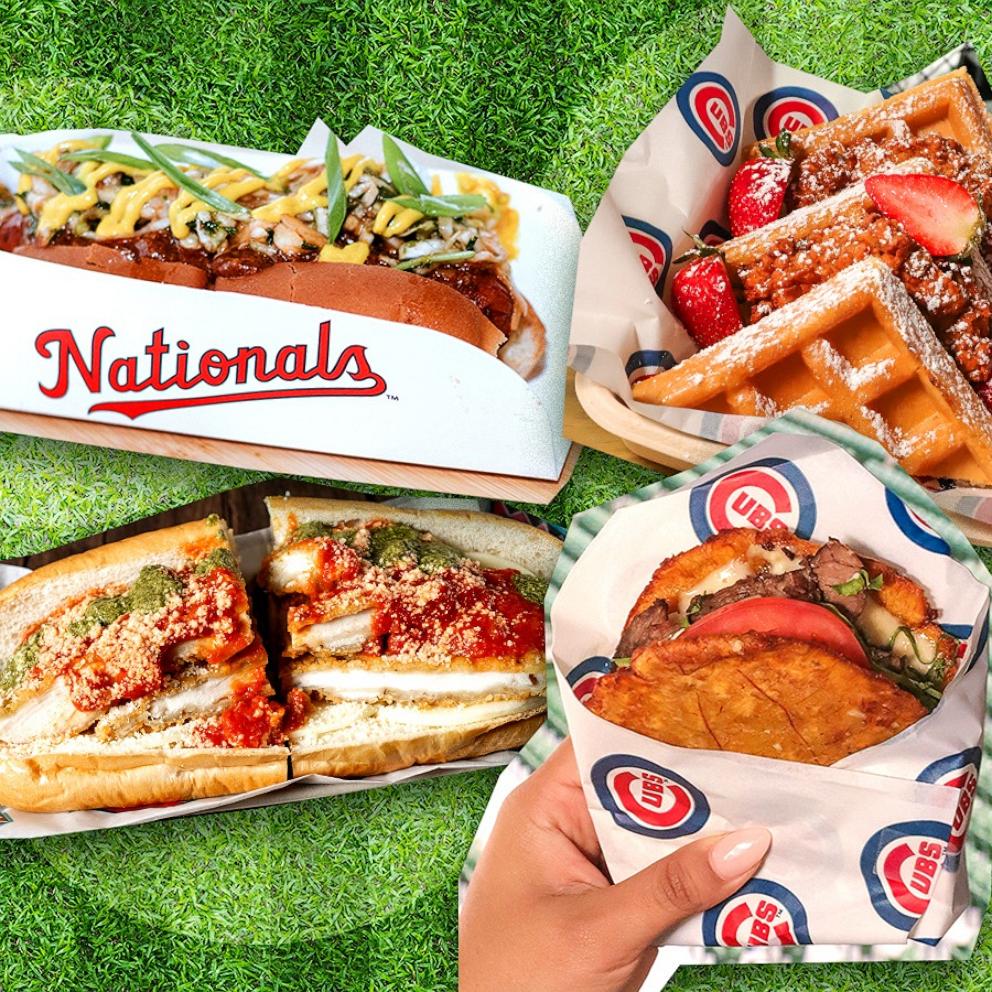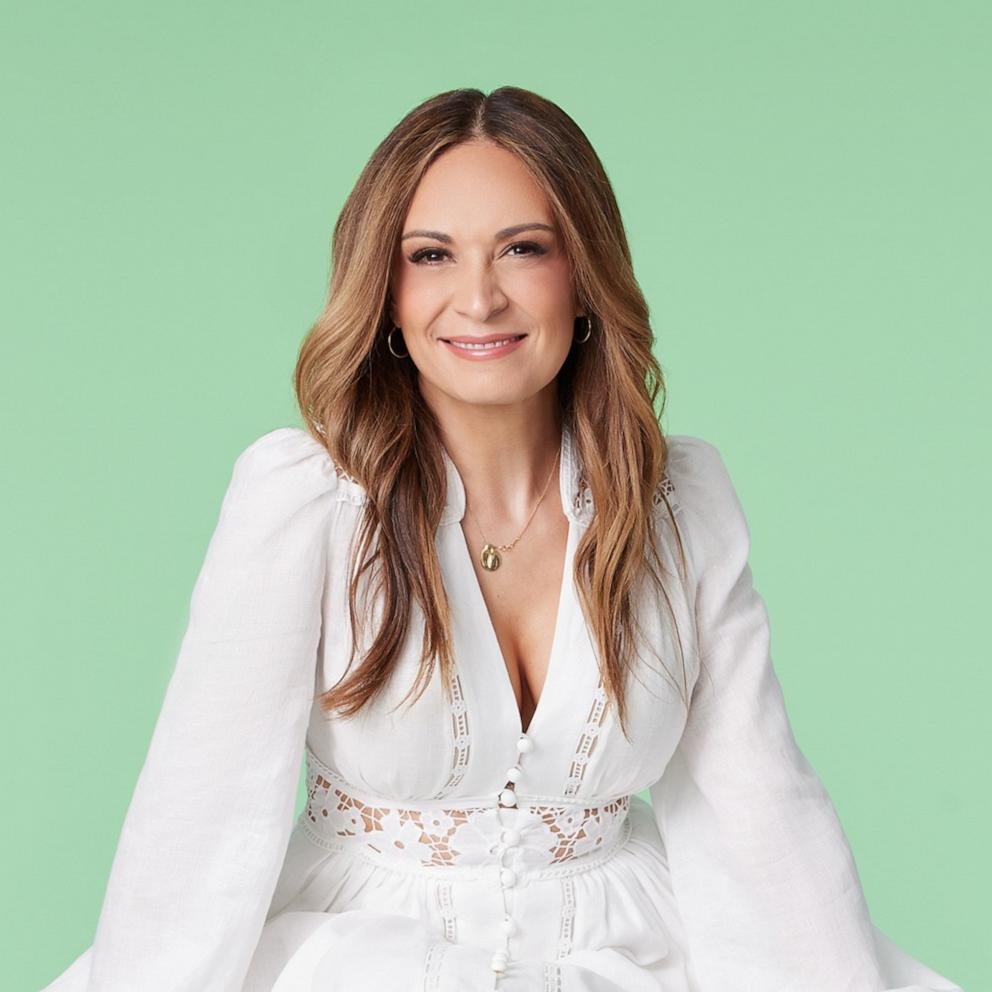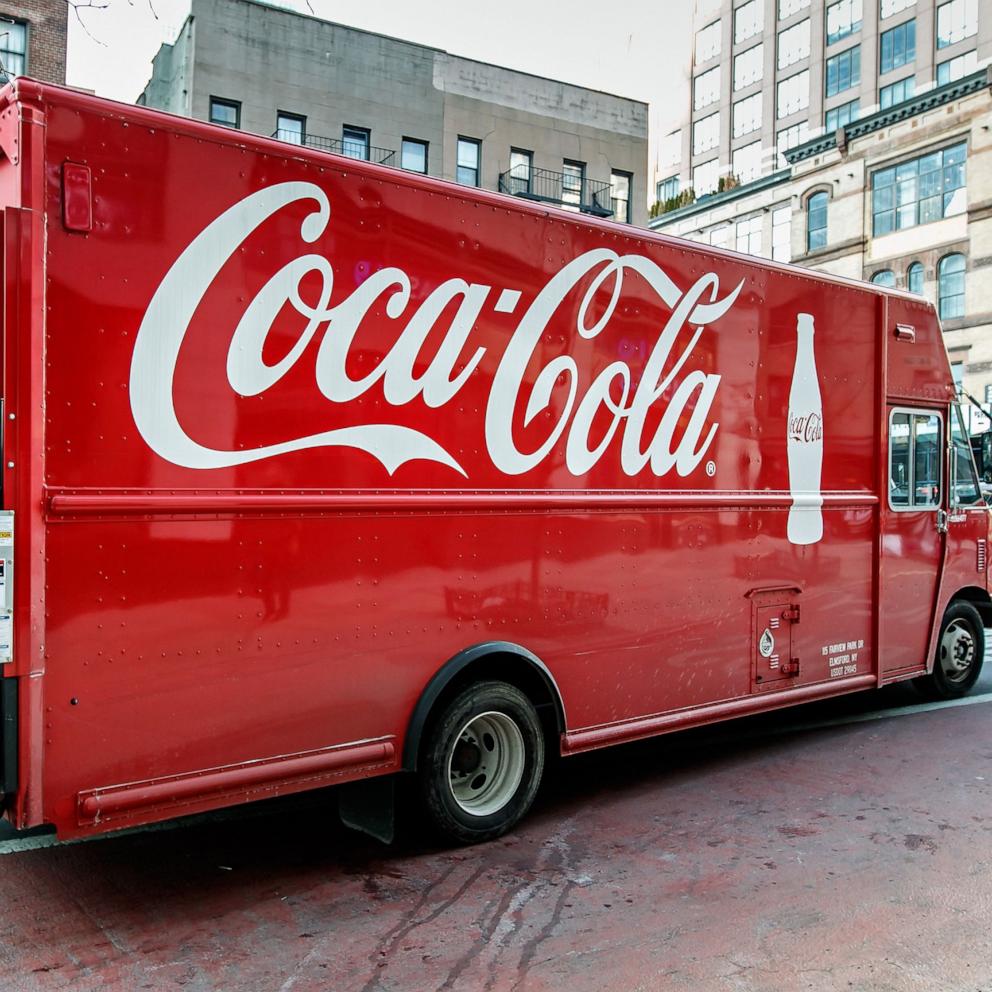How Disney parks fight food waste with redirected meals for food banks, farms and more
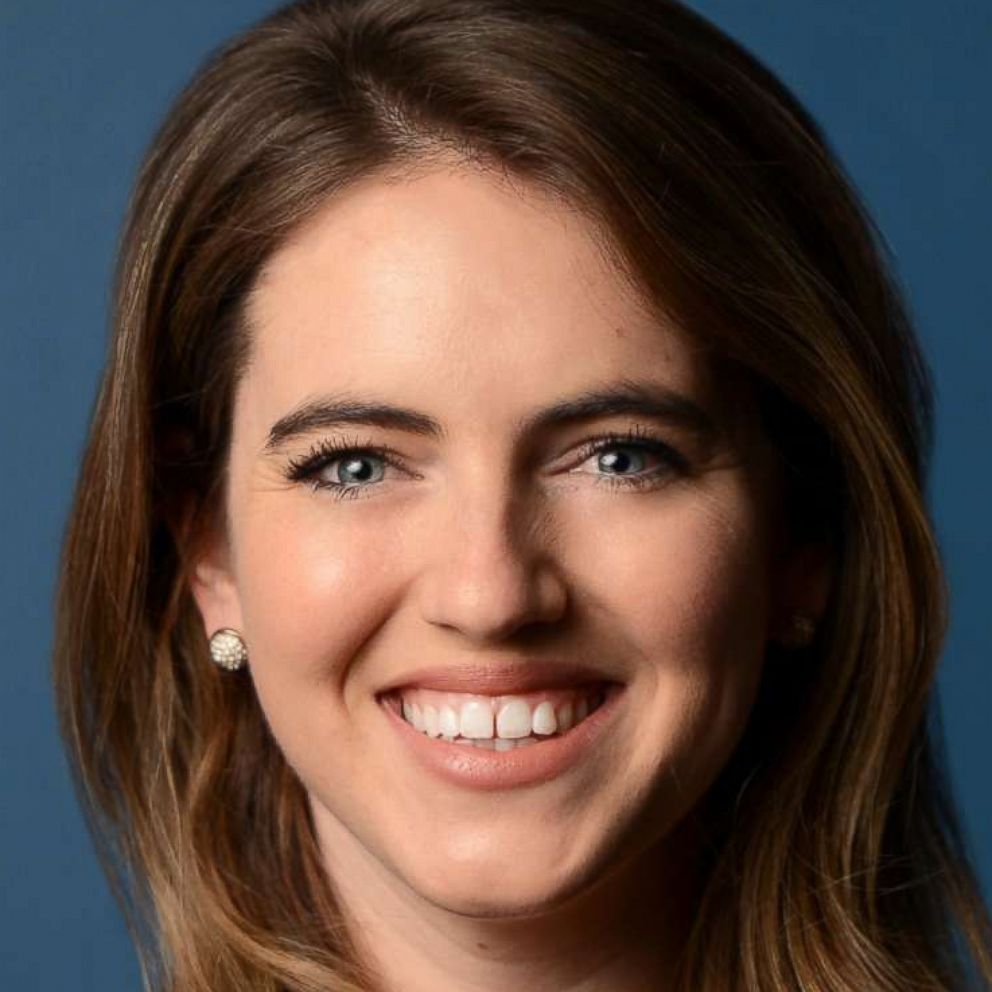
The happiest place on earth is doubling down to ensure it does its part to keep the earth happy too.
For Earth Month, the company is celebrating Disney Planet Possible -- a collective of tangible actions that emphasizes sustainability efforts -- and the parks dished on how it has continued to create a more circular food journey from farm, fork, to food bank and beyond.
Here's a snapshot of how the Disney Parks food cycle works: Creative menu planning for food served at parks to curb possible waste before it begins; sustainable, seasonal farming and sourcing for food grown on property and locally; meals made on property; if there are leftover unused meals or ingredients, it then gets composted or packed up and diverted from landfills to the local community through food banks.
Chef Michael Gonsalves, the chef de cuisine of Golden Oak for Disney World, has a culinary perspective rooted in fresh, locally-sourced ingredients that stemmed from childhood harvesting produce from their family garden with his mom to eventually leading kitchens at Walt Disney World Resorts to utilize a sustainable model.
"Truly the whole process starts with menu planning," he told "Good Morning America" and added that they start by utilizing "ingredients at the peak of their season and find ways to use up to 100% of the product within our kitchens."
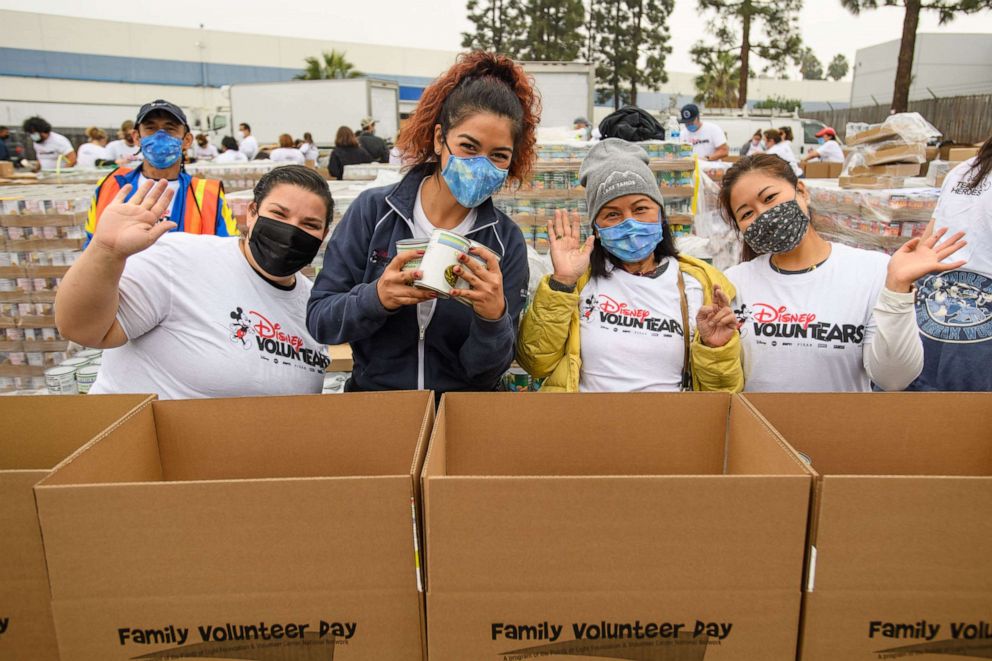
"Creating one dish leads into the creation of many more through the end-to-end use of products. As chefs, we are always searching for the best ingredients, it is then our focus to ensure we appreciate and respect all that went into each and every one of them," he said. "Let’s take poultry for example; we source chicken that was naturally grown and fed a natural plant forward diet, no hormones or additives -- that's used in many ways throughout menus from a simple grilled chicken breast, confit of the leg and thigh meat, a pate made from the livers, to bone broth, nothing goes to waste."
Chef Gonsalves said that when they do have waste, even if minimal, they divert it from landfills to transform it into compost that's then used across the Walt Disney World property. Last year alone, Walt Disney World Resort composted 15 million pounds of unusable food scraps.
He said that their operations are "on a path to a sustainable zero waste kitchen of tomorrow" where chefs "learn the full-life cycle of plants from seed to plate and gain a better understanding and appreciation for the product and their craft."
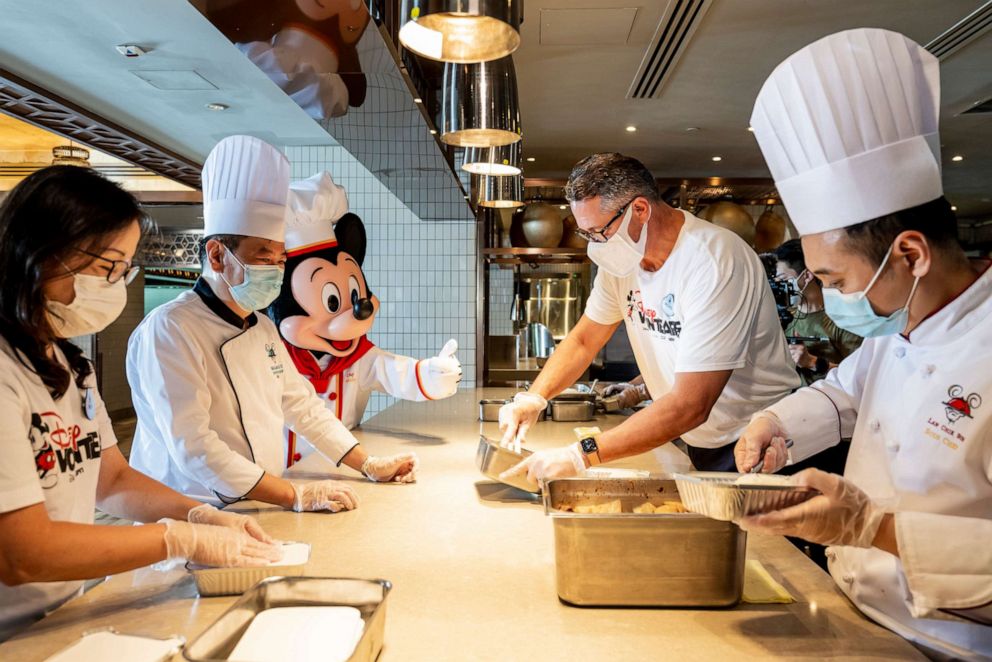
Golden Oak at Walt Disney World Resort has 32 bee hives that produce up to 300 pounds of honey per year, plus those bees help with cross pollination of their gardens on a daily basis.
"One of our core focuses of the restaurant is our path to zero waste, and a culture that fosters not only the quality of food, but an appreciation for nature," he said.
"Across Walt Disney World, we also support Second Harvest, a local community food bank where wholesome produce, prepared, but not served, meals eligible for human consumption are donated," Gonsalves said. "In 2021, Walt Disney World Resort donated more than 550,000 pounds of excess prepared food to Second Harvest Food Bank of Central Florida."
Greg Higgerson, the food bank's Chief Development Officer, told "GMA" that their efforts to provide food for central Florida's food insecure and struggling community has been uplifted by the support and sustainable model at Disney Parks.
He said that food, funds and volunteers are the three main components that keep their organization running and that its corporate partnership with Walt Disney World "is certainly one of the biggest that accomplishes all three of those things."
"For many years we've had the Disney Harvest program with a dedicated truck that picks up food on Disney property all night long and then delivers to our partner feeding programs during the daytime hours with prepared and perishable food that comes off of Disney property. We also get food from their distribution centers in other ways," he said.
Disney also supports Second Harvest through a community investment funding program and its voluntEARS program that sends groups of individuals to help where needed.
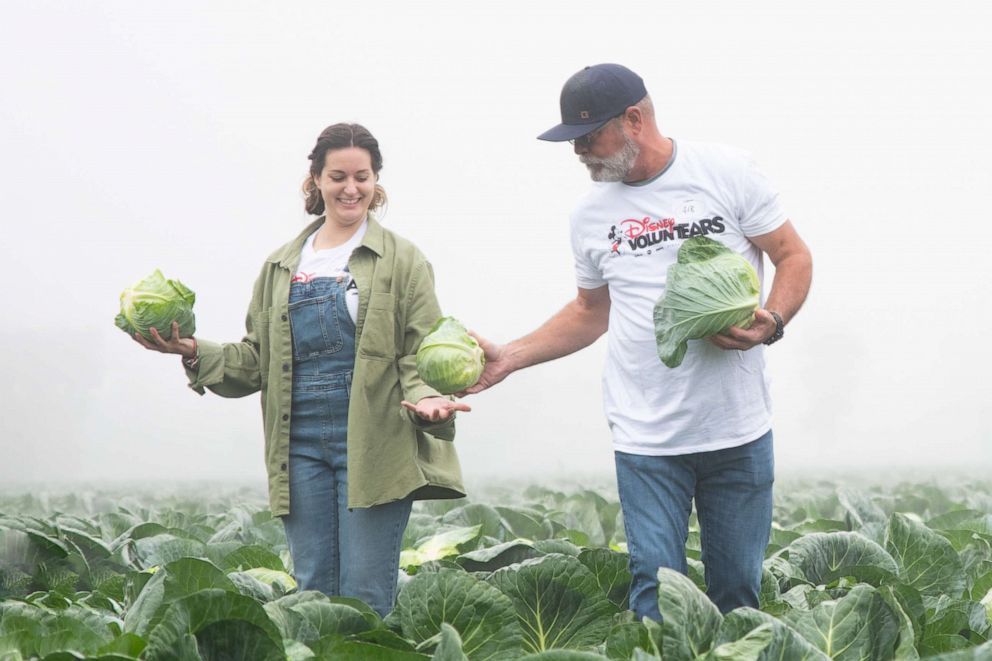
Although the program "had to go on hiatus during the pandemic," Higgerson said, "we are kind of in the exploration mode of figuring out how that cranked back up."
Whether in the form of paid for meals that don't get used or additional ingredients with quickly approaching best-by dates, Higgerson explained they find a "responsible way to make good use of those meals."
"We tend to get the things from the food industry that are kind of getting toward the end of their useful life cycle," he said. "We work with hog farmers when we can't distribute foods past the point of safety for human consumption. We have a couple of wildlife sanctuaries that love to get our meat that isn't fit for humans. But tigers and wild cats can still eat that and be safe with it. So there there are ways that we try and utilize that, instead of just putting it in a landfill."
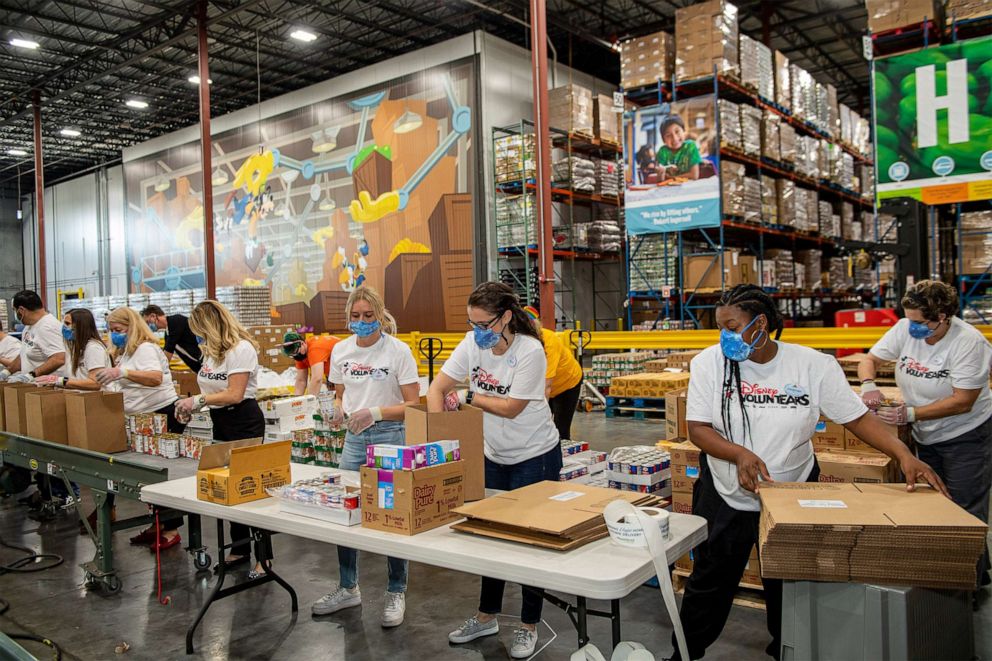
When it comes to being a leader in a sector of the larger sustainability efforts at Disney, Gonsalves, a father of three girls, said he hopes it "inspires optimism" to ensure lasting impacts.
"It is amazing to be on the forefront of such an important change with such global implications," he said. "It is simply the right thing to do; we must stop and understand the negative impacts we have on this world and ensure we are doing our best to conserve our natural resources and create a bigger, brighter future for the next generations."
